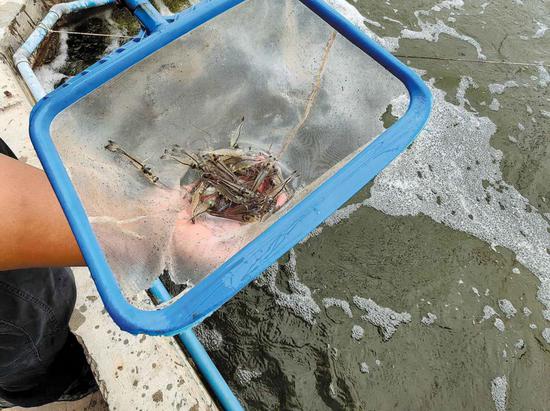
The shrimp cultivated at the base have been well received in the market. (Photo by Zhang Wei/China Daily)
Saline-alkaline land is considered less productive in growing crops, and the breeding base can make better use of the land and boost local incomes, according to Huang.
He added they recycle water and don't release used water elsewhere for environmental protection.
The fertilizer produced during breeding can also be reused, which is a sustainable development model.
Looking toward the future, Huang believes inland fish and shrimp farming can benefit all.
"I hold high hopes for Xinjiang to enhance its production of superior seafood in the years to come."
The base, with a total investment from Longda Aquaculture Farmers Cooperative of 10 million yuan ($1.41 million), has raised more than 5,000 pearl gentian grouper and 2.3 million prawn.
With an area of 9.8 hectares, it has 15 greenhouses with 360 ponds inside.
The program receives scientific support from Tarim University in Alaer and Zhejiang University in Hangzhou, Zhejiang province.
Peng Renkai, who is in charge of the cooperative, said it takes 3 months for South American white shrimp to reach a marketable size, and 6 months for grouper.
Currently, the shrimp sells for 120 yuan per kilogram, while grouper goes for 150 yuan per kg.
From January to September, approximately 30 metric tons of shrimp and 10 tons of grouper were sold, he said.











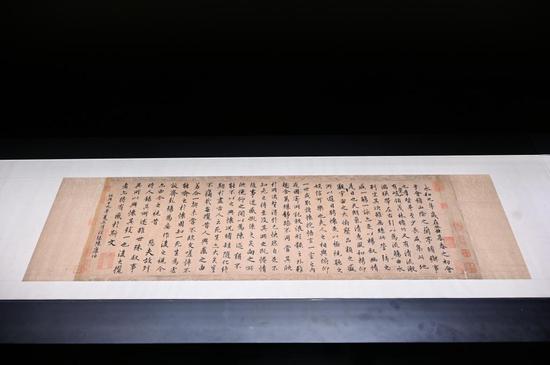



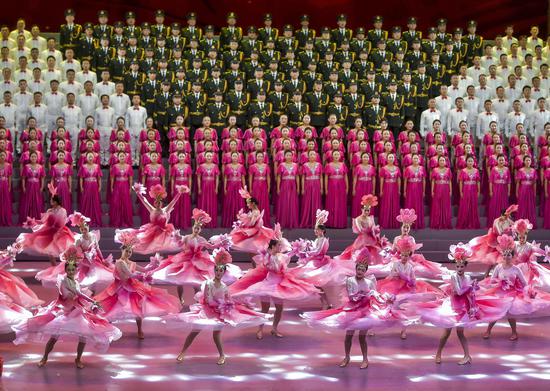


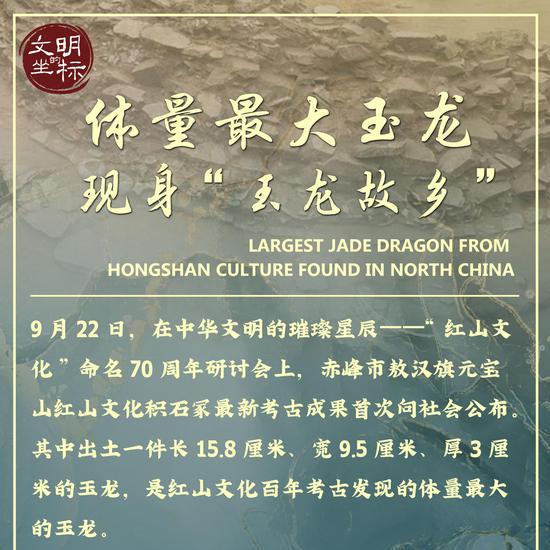


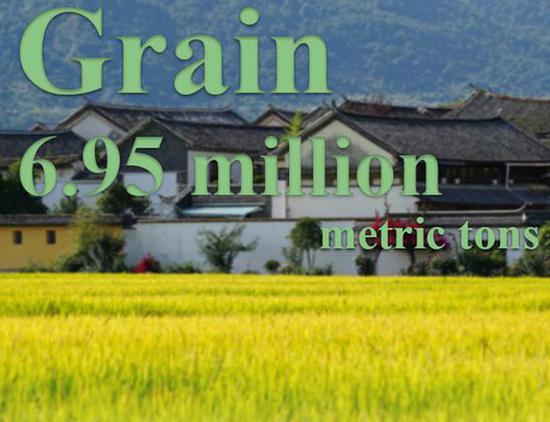









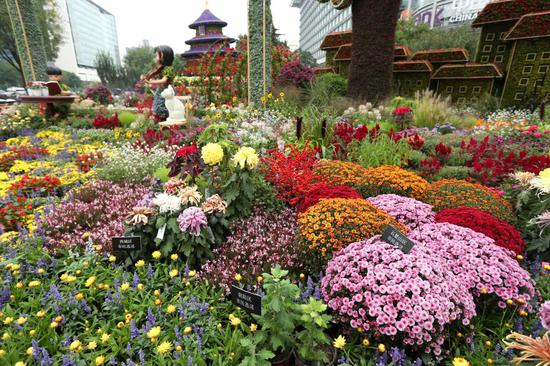
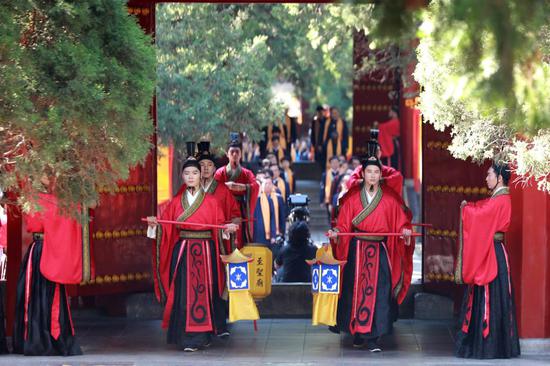
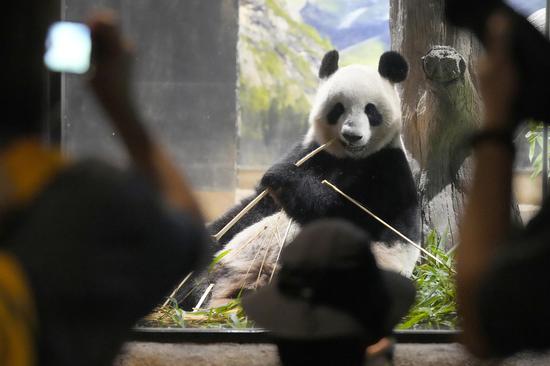

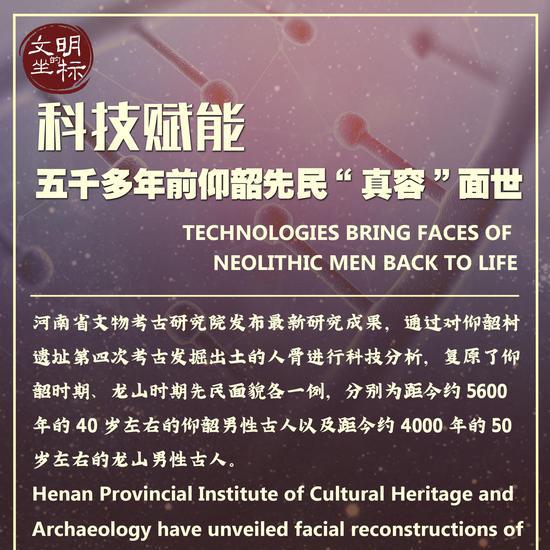

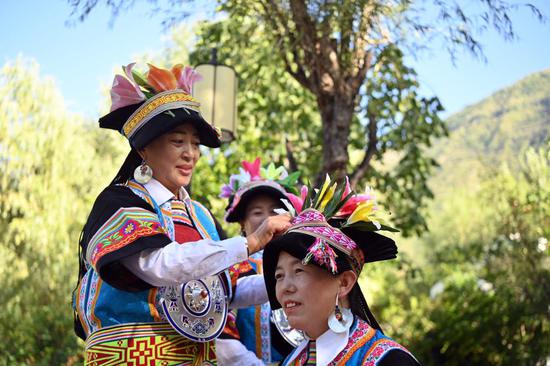
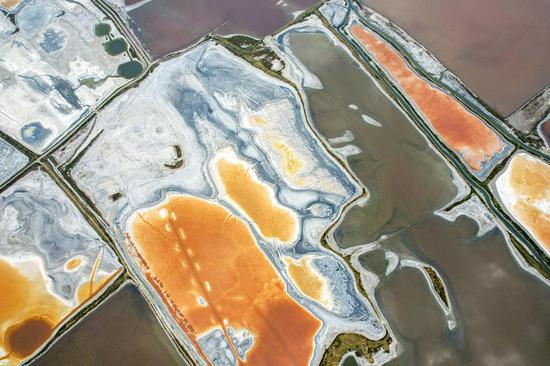











 京公网安备 11010202009201号
京公网安备 11010202009201号